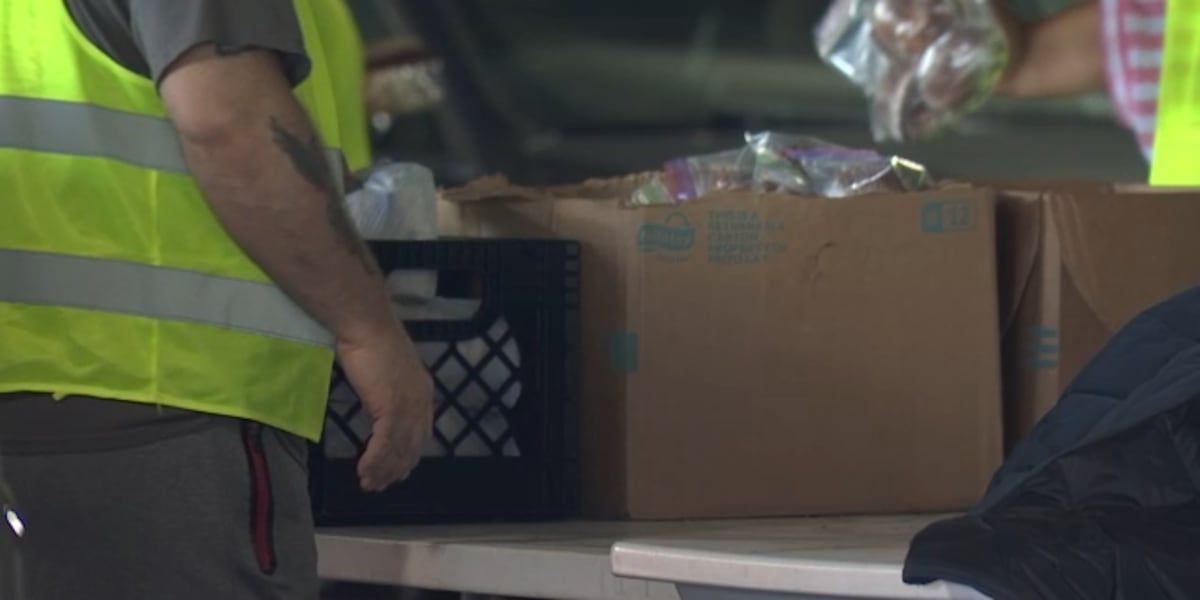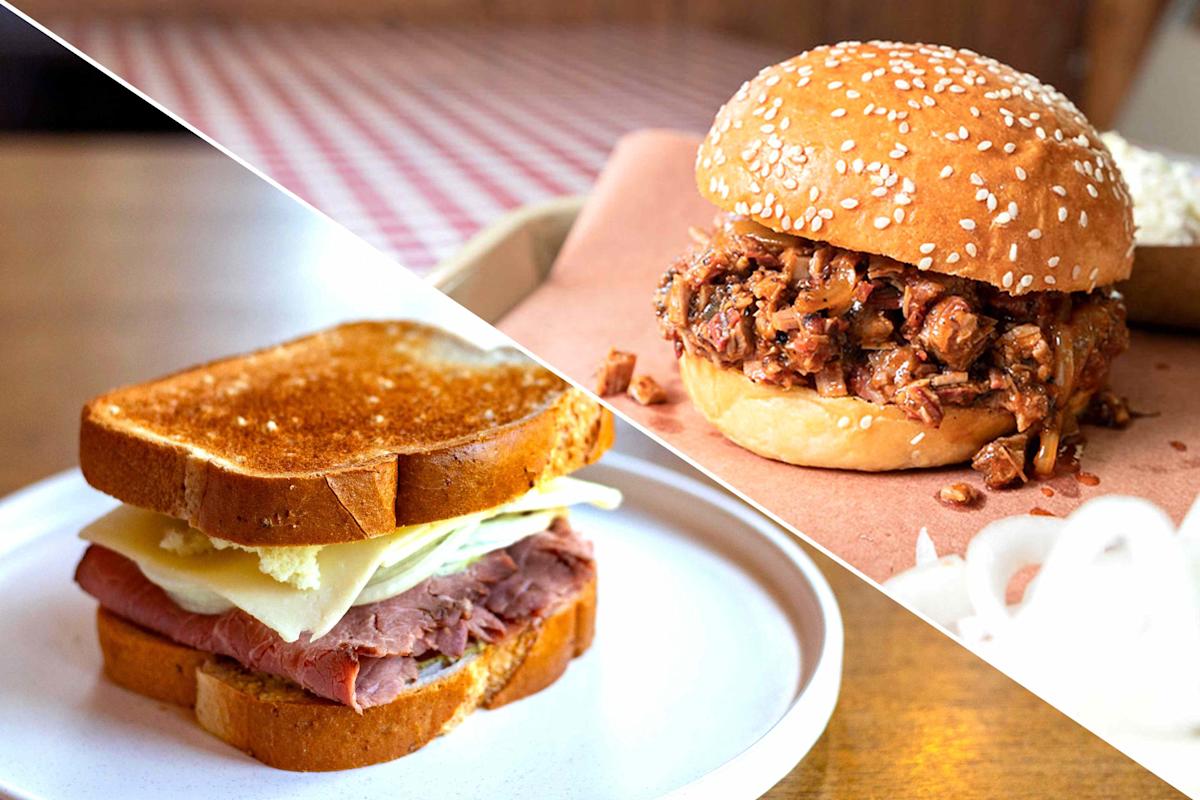Summary
How do you tell friends their cooking gave you food poisoning?
Source: The Washington Post

AI News Q&A (Free Content)
Q1: What are the common causes of food poisoning related to home cooking?
A1: Food poisoning at home is often caused by the consumption of food contaminated with pathogens such as bacteria, viruses, or parasites. Common sources include undercooked meat, improperly stored foods, and cross-contamination from raw foods to ready-to-eat products. Notably, Salmonella and E. coli are frequent culprits in such cases.
Q2: How can safe food handling practices prevent food poisoning?
A2: Safe food handling practices, such as maintaining cleanliness, separating raw and cooked foods, cooking at the right temperatures, and storing food properly, can significantly reduce the risk of food poisoning. Using meat thermometers to ensure appropriate cooking and keeping the kitchen surfaces sanitized are also crucial.
Q3: What role do food ingredients play in causing food poisoning?
A3: Unsafe or contaminated food ingredients can be a major source of food poisoning. Ingredients like eggs, poultry, and seafood need careful handling due to their susceptibility to pathogens. Ensuring the quality of these ingredients and their proper treatment before cooking can help prevent outbreaks.
Q4: What does recent research say about Salmonella outbreaks related to ready-to-eat products?
A4: Recent studies have shown that not ready-to-eat breaded, stuffed chicken products have been linked to repeated salmonella outbreaks. Despite labeling changes that warn consumers these products are raw, many still improperly cook them, leading to illness. Additional controls at the manufacturing level have been suggested to reduce contamination.
Q5: What are the regulatory measures proposed to address food poisoning from certain chicken products?
A5: The U.S. Department of Agriculture proposed declaring Salmonella an adulterant in not ready-to-eat breaded, stuffed chicken products if detected at certain levels. This measure aims to enhance food safety by ensuring stricter controls and reducing the risk of salmonellosis outbreaks.
Q6: How can consumers ensure the chicken products they purchase are safe?
A6: Consumers can ensure the safety of chicken products by checking labels for cooking instructions and ensuring they are thoroughly cooked to the recommended internal temperatures. Avoiding microwaving products intended for oven cooking and being aware of product recalls are also important.
Q7: What are some effective strategies for communicating food safety to consumers?
A7: Effective communication strategies include clear labeling, public health campaigns, and consumer education on food safety practices. Visual aids on packaging, online resources, and community workshops can help raise awareness and promote safer food handling habits.
References:
- Salmonella Outbreaks Associated with Not Ready-to-Eat Breaded, Stuffed Chicken Products - United States, 1998-2022




